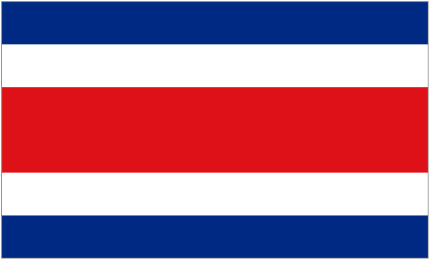April 13 or 14
In the month of Vaisaakh, how can the bride be patient? — Guru Granth Sahib p133, Sikh holy book
Vaisakhi has long been celebrated as the New Year by the cultures of Punjab in northwest India and eastern Pakistan. But for Sikhs, Vaisakhi is one of the most important holidays of the year.
Celebrated every year on April 13 or 14, for Sikhs Vaisakhi (also Baisakhi) commemorates the founding of the Khalsa Pantha (Order of the Pure) by Guru Gobind Singh in 1699.
Guru Gobind Singh, as you may recall, is the last of the ten mortal gurus. He’s worshiped for, among other things, upon his death handing over the title Guru not to a person, but to the Sikh holy book itself, Guru Granth Sahib, a collection of divinely inspired writings by the first ten Gurus.
But he is also known for transforming Sikhs into a family of holy warriors, or soldier saints, known as the Khalsa Pantha.
On this day in 1699, at the Vaisakhi Festival in Anandpur Sahib, Gobind Singh called together some of his most devoted followers outside his tent. In front of a crowd of thousands, he asked who was willing to give their life to Sikh cause. A man volunteered. Gobind Singh took him into the tent and reappeared moments later alone, blood dripping from his sword.
To the crowd’s astonishment Gobind Singh asked again who was willing to give their life. Another man volunteered. Gobind Singh led the man to his tent and again came out alone with his bloody sword. This happened three more times.
After the fifth time Gobind Singh returned to his tent and brought out the five men unharmed, with turbans around their heads. He baptized them with a sacred nectar of immortality called amrit and declared them the Panh Piara, the Five Beloved Ones. These were the first five of the Khalsa, the elite group of holy warriors who would ensure the survival of the Sikh religion over the next three centuries.
Even today, though Sikhs are a minority in India, they still traditionally hold a disproportional number of military posts as commanders and officers.
Vaisakh is the first month in the Nanakshahi calendar. It coincides with April and May. The Vaisakhi festival is celebrated with processions and parades throughout Punjab as well as in Sikh communities throughout the world. The largest Vaisakhi parade outside India is in Vancouver, British Columbia.
“The month of Vaisaakh is beautiful and pleasant, when the Saint causes me to meet the Lord.” — Guru Granth Sahib p134



















